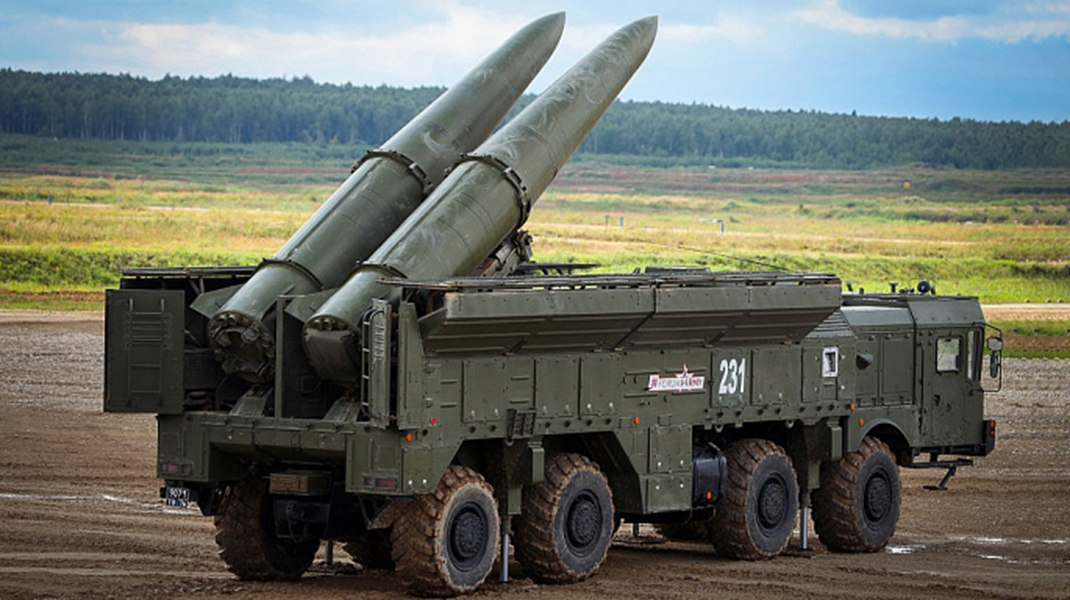- Courses
- GS Full Course 1 Year
- GS Full Course 2 Year
- GS Full Course 3 Year
- GS Full Course Till Selection
- Answer Alpha: Mains 2025 Mentorship
- MEP (Mains Enrichment Programme) Data, Facts
- Essay Target – 150+ Marks
- Online Program
- GS Recorded Course
- Polity
- Geography
- Economy
- Ancient, Medieval and Art & Culture AMAC
- Modern India, Post Independence & World History
- Environment
- Governance
- Science & Technology
- International Relations and Internal Security
- Disaster Management
- Ethics
- NCERT Current Affairs
- Indian Society and Social Issue
- NCERT- Science and Technology
- NCERT - Geography
- NCERT - Ancient History
- NCERT- World History
- NCERT Modern History
- CSAT
- 5 LAYERED ARJUNA Mentorship
- Public Administration Optional
- ABOUT US
- OUR TOPPERS
- TEST SERIES
- FREE STUDY MATERIAL
- VIDEOS
- CONTACT US
The Iskander-M Missile System
The Iskander-M Missile System
20-06-2024

Russia has gained attention for targeting the Ukrainian military airbase in Mirgorod with its nuclear-capable Iskander-M missile system.
Overview of the Iskander-M
-
What is the Iskander-M Missile System?
- The Iskander-M (also known as SS-26 Stone by Western reporting) is a road-mobile short-range ballistic missile system developed by Russia.
- It joined the Russian military service in 2006.
- The system is designed for tactical strikes on small, high-value land targets.
-
Features and Specifications of the Iskander-M:
- The missile is 7.3 meters long, 0.92 meters in diameter, and weighs 3,750 kilograms at launch.
- It offers a range of 400-500 kilometers and utilizes both inertial and optical guidance systems.
- The Iskander-M can carry conventional and nuclear warheads weighing up to 700 kilograms.
- Its missiles can travel exceptionally fast, reaching up to 7 times the speed of sound (Mach 7) and attaining an altitude exceeding 30 miles.
- The system uses a maneuverable re-entry vehicle (MaRV) and decoys to circumvent theater missile defense systems.
- It is equipped with various systems for in-flight correction and self-targeting, enhancing its ability to overcome missile defense systems.
Variants of the Iskander-M:
-
Iskander-E:
- Export version of the Iskander with a reduced range of 280 kilometers.
-
Iskander-K:
- A newer version unveiled in 2007, featuring a new cruise missile known as the R-500 with a maximum range of 280 kilometers.
Ballistic Missiles
- Ballistic missiles are rocket-propelled, self-guided strategic weapons that follow a ballistic trajectory to deliver a payload to a predetermined target.
- They initially use a rocket or series of rockets in stages for propulsion but then follow an unpowered trajectory that arches upwards before descending to reach their intended target.
- Ballistic missiles can carry conventional high explosives as well as chemical, biological, or nuclear munitions.



